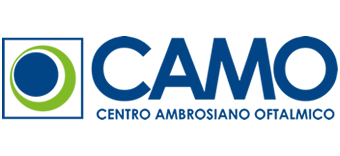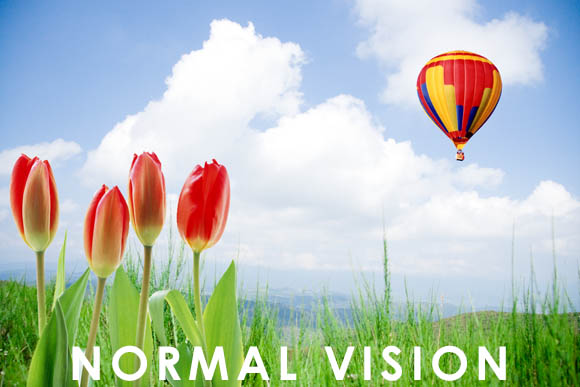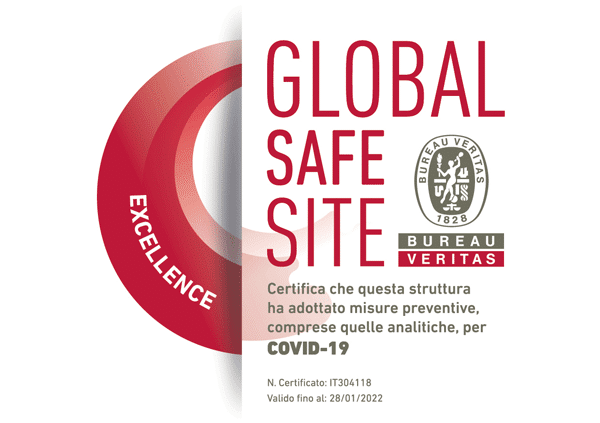There are approximately twelve million people in Italy affected by myopia.
Myopia
Myopia is the most common sight defect in the world and its frequency is destined to increase with the widespread use of technological devices (computers, mobile phones etc.), that are largely based on the use of near vision with a dramatic reduction in the use of distance vision.
In Europe, tens of millions of people are affected by this problem.
The patient has myopia when the image is not focused on the retina but in front of it.
The myopic patient has sharp near vision but his distance vision will be blurred.
Different types of myopia exist
To partly or totally correct this defect, the patient affected by myopia can use spectacles or contact lenses.
Alternately, she/he may resort to laser or surgical treatment of myopia.
The key techniques for the laser correction of this defect are:
- PRK using the excimer laser: in this technique the laser is used on the surface of the eye.
- LASIK using the excimer laser: in this technique, the laser is used inside the cornea (and the femtosecond laser is used to access the internal layers of the cornea).
If the myopia is very severe, some surgical alternatives are available:
- Insertion of an artificial crystalline without removing the natural crystalline lens [technique of the two IOLs (Intra Ocular Lenses)];
- Replacement of the transparent human crystalline lens with the insertion of a replacement artificial crystalline (technique of crystalline replacement).
Spectacles or contact lenses?
Spectacles are the first and most commonly-used means for correcting myopia.
There are no contraindications and the eyewear is easy to use; however, there are inevitable problems with spectacles that increase when the myopic defect they have been prescribed to correct deteriorates: the image perceived by a myopic patient is smaller and will be sharp only in the central portion due to distortions created by the edge of the lens and the restricted field of vision limited by the frames.
The sight quality improves with the application of contact lenses: the image size is not reduced and there is no peripheral image distortion. However, in this case there are contraindications for the eye. Patients often forget that the eye is not designed for wearing contact lenses for the entire day. Acute problems may appear: poor cleaning and maintenance of the lens may lead to potentially very serious infections. Use of contact lenses is also frequently associated with a reduction in the quantity of tears produced resulting in dry eye syndrome.
| MYOPIA | DIOPTERS | TECHNIQUE |
|---|---|---|
| Mild myopia | 1 – 2 – 3 diopters | PRK LASIK |
| Moderate myopia | 3 – 4 – 5 – 6 – 7 diopters | LASIK |
| Severe myopia | More than 7 diopters | ARTIFICIAL CRYSTALLINE LENS |
| Very severe myopia or myopia with astigmatism | More than 15 diopters | ARTIFICIAL CRYSTALLINE LENS + LASIK |
Who is suitable for the procdure?
The eye doctor, expert in refractive surgery, will suggest the most suitable technique for the case in hand: generally-speaking, he will base his decision on the type of eye, the patient’s age, the patient’s sight requirements and also on the surgery experience of the individual operator and the instruments or machines available.




